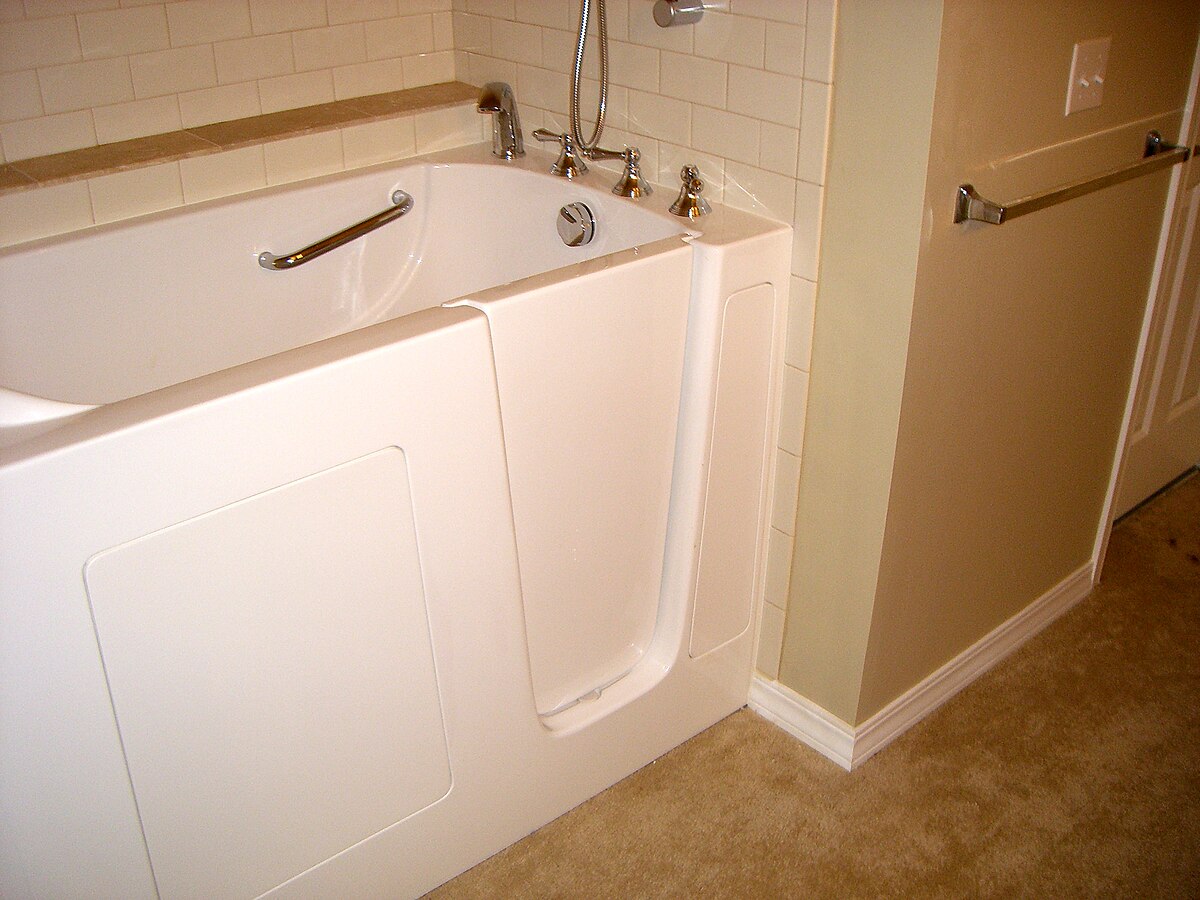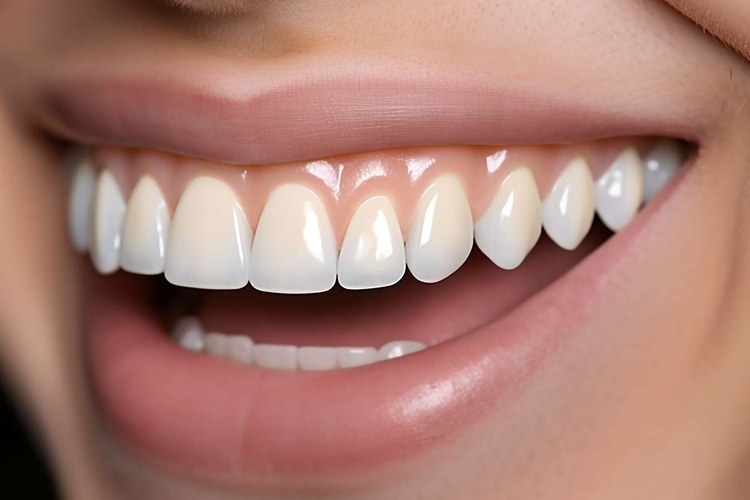Enhancing Senior Bathroom Safety: A Guide to Accessible Remodeling
Bathroom safety is a critical concern for seniors and those with mobility challenges. As we age, the risk of slips, falls, and accidents in the bathroom increases significantly. Fortunately, through thoughtful bathroom remodeling, it's possible to create a space that's both safe and comfortable for seniors and individuals with limited mobility. This article will explore various aspects of accessible bathroom remodeling, focusing on key elements that can dramatically improve safety and independence.
Installing grab bars within the shower area is another crucial modification. These sturdy bars provide support for entering, exiting, and maneuvering within the shower space. Additionally, a built-in shower seat or a removable shower chair can offer a place to rest and make bathing easier for those who have difficulty standing for extended periods.
Handheld showerheads are also beneficial, as they allow users to direct water flow while seated or standing, providing greater control and ease of use. When combined with easy-to-reach controls, these modifications can significantly enhance shower safety and usability for seniors.
What bathroom features can enhance overall accessibility?
Beyond the shower, several other bathroom features can be modified to improve accessibility. The sink area, for instance, can be made more accommodating by installing a wall-mounted or pedestal sink that allows wheelchair users to get closer. Lever-style faucet handles are easier to operate than traditional knobs, especially for those with arthritis or limited hand strength.
The toilet is another area of focus. Raising the height of the toilet can make it easier for seniors to sit down and stand up. Installing grab bars near the toilet provides additional support. Some modern toilets even come with built-in bidets and self-cleaning features, which can enhance hygiene and independence.
Adequate lighting is crucial for safety in any bathroom but especially important for seniors who may have vision impairments. Bright, even lighting throughout the space, including task lighting around the mirror and in the shower area, can help prevent accidents and make daily routines easier.
How can flooring choices impact mobility and safety?
Flooring plays a significant role in bathroom safety for seniors and those with mobility issues. Non-slip surfaces are essential to prevent falls, especially when the floor is wet. Textured tile, slip-resistant vinyl, or specially treated hardwood floors designed for bathroom use can provide the necessary traction.
It’s also important to consider the transition between different flooring materials. Smooth, level transitions help prevent tripping hazards, particularly for those using wheelchairs or walkers. Eliminating thresholds or using very low-profile ones can make moving in and out of the bathroom much safer and easier.
Color contrast between the floor and walls can help those with visual impairments navigate the space more easily. This can be achieved through careful selection of tile colors or by using contrasting trim along the edges of the floor.
What accessibility features are essential for senior bathrooms?
When remodeling a bathroom for senior accessibility, several key features should be considered:
-
Wide doorways: Ensure the bathroom door is at least 32 inches wide to accommodate wheelchairs and walkers.
-
Ample clear floor space: Provide enough room for a wheelchair to turn around (typically a 5-foot diameter circle).
-
Lever-style door handles: These are easier to operate than traditional doorknobs.
-
Accessible storage: Install lower cabinets or open shelving for easy reach.
-
Emergency call system: Consider installing a waterproof emergency call button or cord in case of falls or other emergencies.
-
Comfort-height toilet: A taller toilet (typically 17-19 inches high) makes sitting and standing easier.
-
Anti-scald devices: Install temperature-regulating devices on faucets and showerheads to prevent burns.
These features, combined with the previously mentioned modifications, can create a comprehensive accessible bathroom design that promotes independence and safety for seniors.
How can technology enhance bathroom accessibility for seniors?
Technology is playing an increasingly important role in creating accessible bathrooms for seniors. Smart home features can be integrated into bathroom design to enhance safety and convenience. For example, motion-sensor lighting can automatically illuminate the space when someone enters, reducing the risk of accidents in the dark.
Voice-activated faucets and shower controls can make it easier for those with limited mobility to adjust water temperature and flow. Some advanced toilet models offer features like automatic lid opening and closing, heated seats, and hands-free flushing, which can be particularly beneficial for seniors with limited dexterity or mobility.
Smart mirrors with built-in lighting and magnification can assist with grooming tasks, while also potentially incorporating features like weather updates or medication reminders. These technological advancements not only improve accessibility but also add a layer of modern convenience to the bathroom experience.
Bathroom remodeling for senior accessibility is a thoughtful process that combines safety features with comfort and independence. By focusing on key areas such as shower modifications, overall bathroom accessibility, appropriate flooring choices, essential accessibility features, and innovative technology, it’s possible to create a space that enhances quality of life and promotes aging in place. As with any significant home modification, it’s advisable to consult with a professional who specializes in accessible design to ensure that all changes meet safety standards and individual needs.







